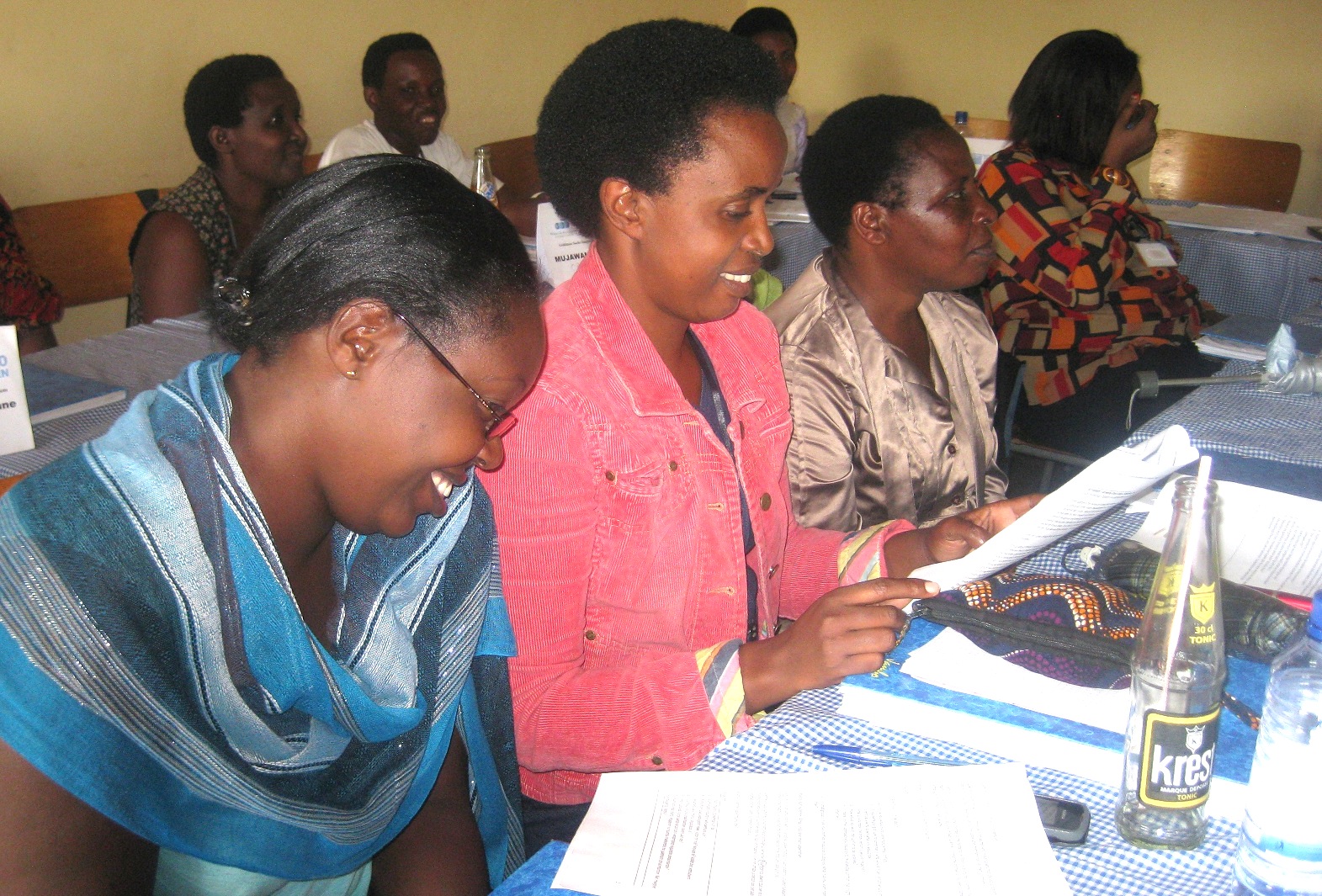Teach a (Wo)Man to Fish … But What if it’s Against the Law?: The Women Thrive Conference explores how training women and improving their livelihoods can address gender inequality
When we pull women out of poverty, many positive things tend to happen. That was the framing Trevor Tomkins, president of venture | dairy, used in kicking off the summit “Out of Extreme Poverty: Women Leading the Way.” Tomkins, who also serves as vice chair of Women Thrive, listed just a few of the benefits, including:
- Increased numbers of children enrolled in school, as women tend to place a higher value on education.
- Decreases in malnutrition, as women are dedicated to ensuring their children are properly fed.
- Increases in community cooperation, as women are more likely than men to help others, and they abhor war and violence.
We can all agree these are very positive developments. So why isn’t more being done to bring about economic empowerment for women, who represent six of every 10 people living in extreme poverty? What needs to change to make more happen? These were among the questions raised at the summit, which was held by Women Thrive earlier this month in Washington, D.C.
Attending the summit were about 80 leaders from the so-called “golden triangle”: businesses, non-profits and government. These people, coming together and crafting effective new policies and programs, can make – and are making – change happen.
Two key means of pulling women out of poverty were explored. The first is to provide training (be it vocational or entrepreneurial) to women. Many at the summit had experience in this area. For example, speaker Noa Gimelli works for the Women’s Economic Opportunity Initiative at ExxonMobil, which has provided training to thousands of women in some 90 countries through its Women’s Economic Opportunity Initiative. Catalina Garcia Gomez guides the 4e Camino Al Progreso program at SABMiller, which provides business training to owners of tiendas (or small stores) in Latin America, equipping them to improve their range of products and services and helping them become community leaders. And I lead the entrepreneurship training efforts at the William Davidson Institute. We have provided training to 330 aspiring women entrepreneurs in Rwanda, working in partnership with the Goldman Sachs 10,000 Women program.
While it is universally accepted that training is a positive driver for women’s economic empowerment, many at the summit raised some excellent points on how to train. Speaker Mayra Buvini? of the United Nations Foundation pointed out that evidence shows that women living in extreme poverty face some unique challenges and require a more intensive package of services, involving higher investment levels. She also pointed out that business management training for very poor women alone does not result in higher incomes. Indeed, the long-term effects of business training can be improved by increasing its quality and duration, and pairing it with technical advice, as noted in a recent research report she co-authored. The report also mentions that training women running larger-sized firms also increases the impact of the training, a fact borne out by my own experience overseeing the training of women in Rwanda. By targeting small- to medium-sized enterprises in growth industries, versus microentreprenurs, our training in Rwanda had a big impact. The women in the 10,000 Women program in Rwanda grew their revenues by nearly 200 percent and saw a 24 percent increase in job growth just six months are graduating. (For more details on the impact of the Goldman Sachs 10,000 Women program across all countries, see the report Investing in the Power of Women).
Silvia Tórrez of the Association of Producers and Exporters of Nicaragua spoke of the benefits of teaching women a value chain approach. This starts with looking at the actors – sellers, producers, marketers and exporters – and analyzing how much income is going to each, how value can be shared so that everybody earns, and how taking a more holistic approach can make the entire industry grow. She encouraged more training to help producers improve the quality of their products and get them ready for export. She also encouraged donor agencies and governments to invest for results. For all projects, the right data must be collected; data that can show the effectiveness of projects and that will justify further investment.
Andrea Bertone of FHI 360 discussed an interesting approach to economic empowerment that starts with girls in high school. Many girls in developing countries face challenges getting through high school. Bertone has helped craft a program that matches girls with mentors and provides them with soft skills they’ll need at work. The program partners with employers in industries such as beauty and pharmaceuticals. Employers are asked what skills are needed. Then the program provides skills training to the girls, and the employers agree to take on the girls as interns once they’ve completed the training.

Many at the summit raised the point that gathering and presenting data on what works is critical to attracting funding going forward. My take on this is that a mix of qualitative and quantitative reporting is optimal: telling the stories from the field on who’s been positively impacted from training efforts, and showing the numbers – both economic data and social indicators – pointing to improved standards of living.
Many organizations are working on the issue of women’s economic empowerment. Gatherings such as the Women Thrive Summit are an ideal venue for the various players to meet and form partnerships and create new programming to help improve the lives of those at the bottom of the economic pyramid.
Amy Gillett is the director of Executive Education at the William Davidson Institute. (WDI is the parent organization of NextBillion.)
- Categories
- Education

